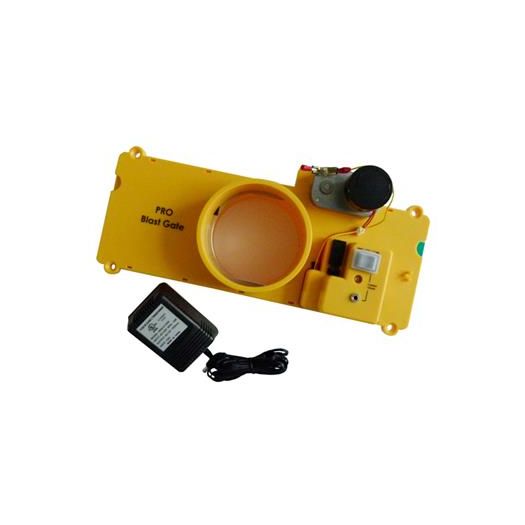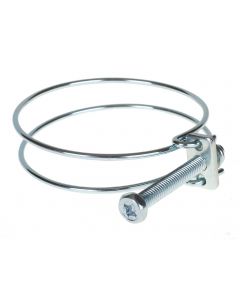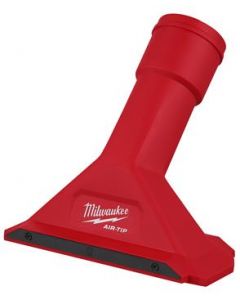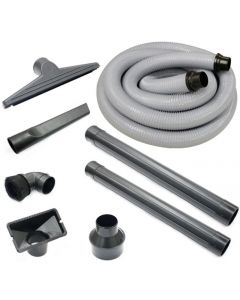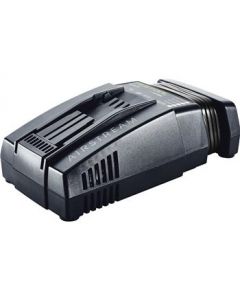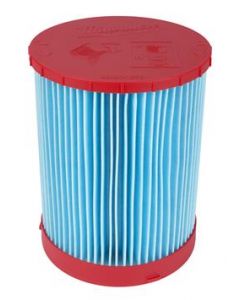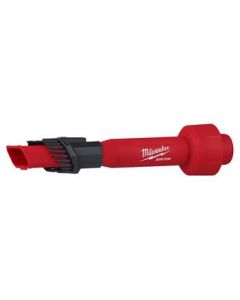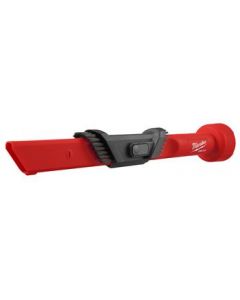iVAC 4" Pro plastic blast gate - Ivac PBG-04-NA
Product number:
PBG-04-NA
Special Price $116.96 Regular Price $155.95
Save 25% (38.99$)
The iVAC 4" Pro plastic blast gate is a high-quality and durable product designed to efficiently control the airflow in your workshop. With its innovative design and easy installation, this blast gate allows you to effortlessly regulate the suction power of your dust collection system. Made from sturdy plastic, the iVAC blast gate ensures long-lasting performance and reliable operation. Upgrade your workshop with this essential tool and experience improved dust control and enhanced productivity.
Free shipping on orders over $99 Shipping between 24 and 72 hours
In stock
Only 9 left


